- Camping Tips
- Hiking Tips
- RV Camping
- Destinations
- Blog
- Gear Reviews
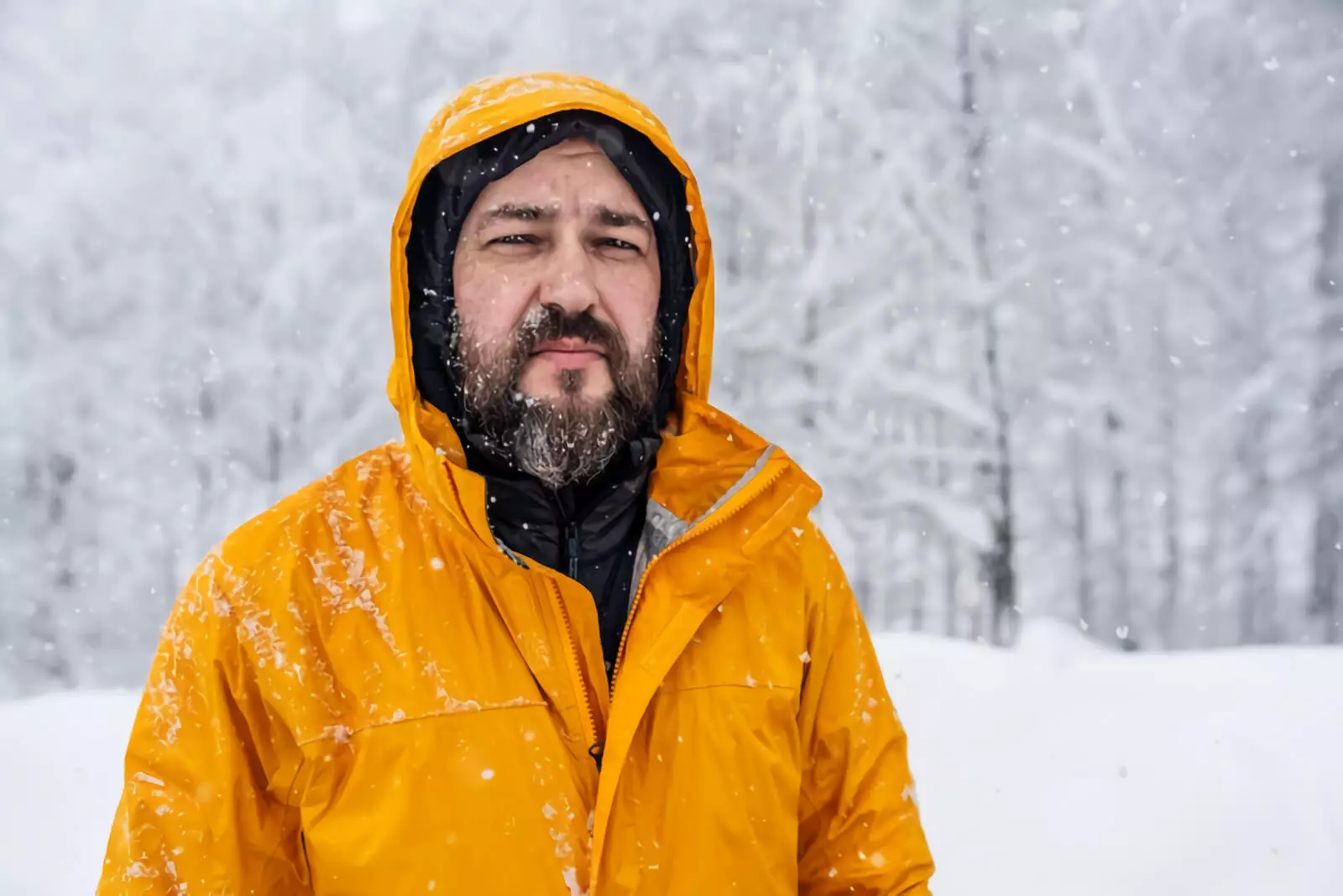
Stepping into the wild unprepared is pretty much like opening Pandora’s box. Aside from the looming danger of being attacked by mountain lions and other wild animals, the weather can also shift from warm and sunny to cold and drizzly in a matter of minutes.
The Great Smoky Mountains National Park will especially have chilly and unpredictable weather from November to around May.
Therefore, you need to forget your air-conditioned abode with its close-by fleece blankets and focus on what and how to wear for a day(s) outdoors. Else, you risk suffering from hypothermia, frostbite, and other severe cold-related illnesses and ultimately, having an unpleasant camping experience.
Layering clothes is a tried-and-tested system that ensures your body temperature stays regulated by using several layers of clothing.
The various layers do so by working towards wicking away moisture/sweat, trapping heat, insulating you from the cold, and shielding you from wind and adverse weather.
Gone are the days that you could scrape up a few of your day-to-day wear and repurpose them for your outdoor activities. Today, a three-layered system is highly advised to better protect you from the erratic weather conditions outdoors.
The layers will mostly comprise a base layer, a middle layer, and an outer layer. Materials making up the various layers excel at specific functions that each layer seeks to accomplish.
Why Multi-Layers? How Does It All Work?
Wearing multiple layers is quite common in cold regions, and for good reason. The main concept behind this is that warm air tends to get trapped between the layers resulting in an extra layer of insulation and warmth.
This is the same reason why multiple layers are more effective at keeping you warm than a single thick layer.
Whether it is sunny or not, wearing multiple layers is good preparation for the many eventualities that may arise outdoors. When it gets too hot, you simply remove a layer or two so that you don’t overheat or get sweaty.
That said, let’s look at the various layers required before you step out for the day as well as their various functions.
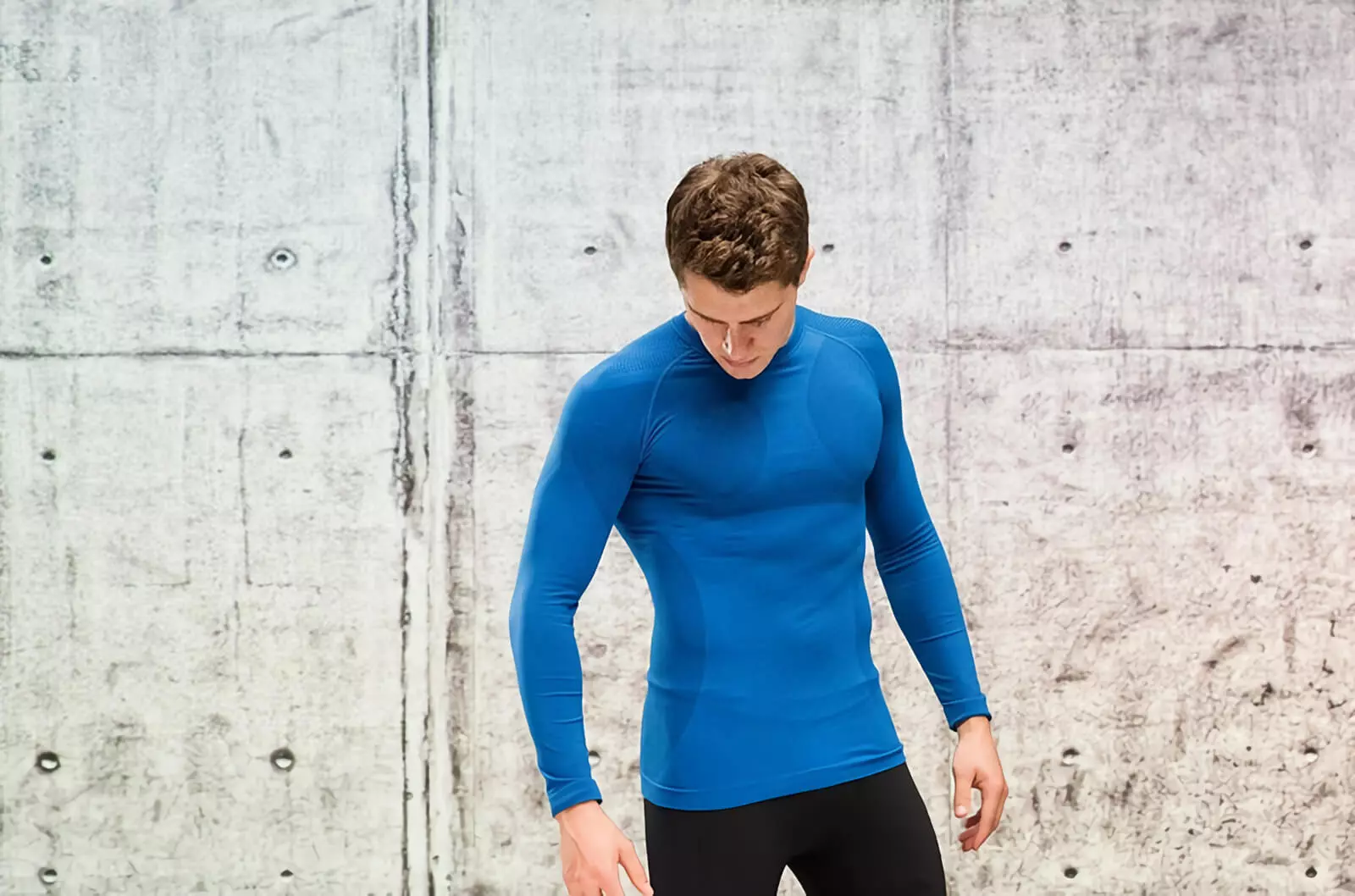
This is the innermost layer of clothing, and it sits directly on your skin. Ideally, the layer should keep you feeling more comfortable and warmer by transferring any moisture away from the skin. The material used for this layer will accomplish this by a wicking or capillary action.
For maximum effectiveness, the base layer should fit snugly on your body – neither too tight nor too loose. Think long sleeve shirts, long pants, and shorts.
When shopping for your base layer clothing, go for materials such as wool, silk, and synthetic materials like polyethylene, nylon, spandex, polyester, Lycra, and microfiber-based fabrics.
Wool is the most preferred material for a base layer due to its water-repelling, wicking, and odor-resistant properties. You’ll especially want to go for Merino wool clothing as they tend to be softer and more effective for the base layer.
A few extra points in favor of Merino wool include:
However, be prepared to pay a pretty penny if you do opt for wool-made clothing.
Silk, while still as expensive and cozy, tends to be less warm, less durable, and harder to take care of as compared to other materials. Synthetic options are relatively cheaper and fine-tuned to be better at reducing odors, water-wicking, and even insect repulsion.
Lastly, you’ll want to avoid cotton as much as possible as it easily loses its insulative properties when wet. The saying “cotton is cold when wet” should always be remembered as wearing cotton as your base layer could mean life or death in cold and wet weather conditions.
Chino, corduroy, denim, Cambric, or Terry Cloth are all fabrics made mostly, or entirely, from cotton.
You’ll also want to factor in your main activities outdoors when shopping for your base layer. Synthetics will do you wonders if you’re venturing into strenuous rock climbing. However, wool will be perfect for long-distance hiking and trekking.
Aside from the materials, base layers or just long underwear comes in three main weights: heavyweight, midweight, and lightweight.
Ultra-lightweight/featherweight/lightweight underwear will be best suited for moderate to cool temperatures whereas midweight underwear will be ideal for cold temperatures. Heavyweight/expedition weight underwear has thicker fabrics made for below-freezing temperatures.
Note that the base layer is primarily about moisture management thus heavier or thicker base layers would only be warmer but not as effective at moisture transfer. Leave the “warming factor” to the mid-layer hence our next section.
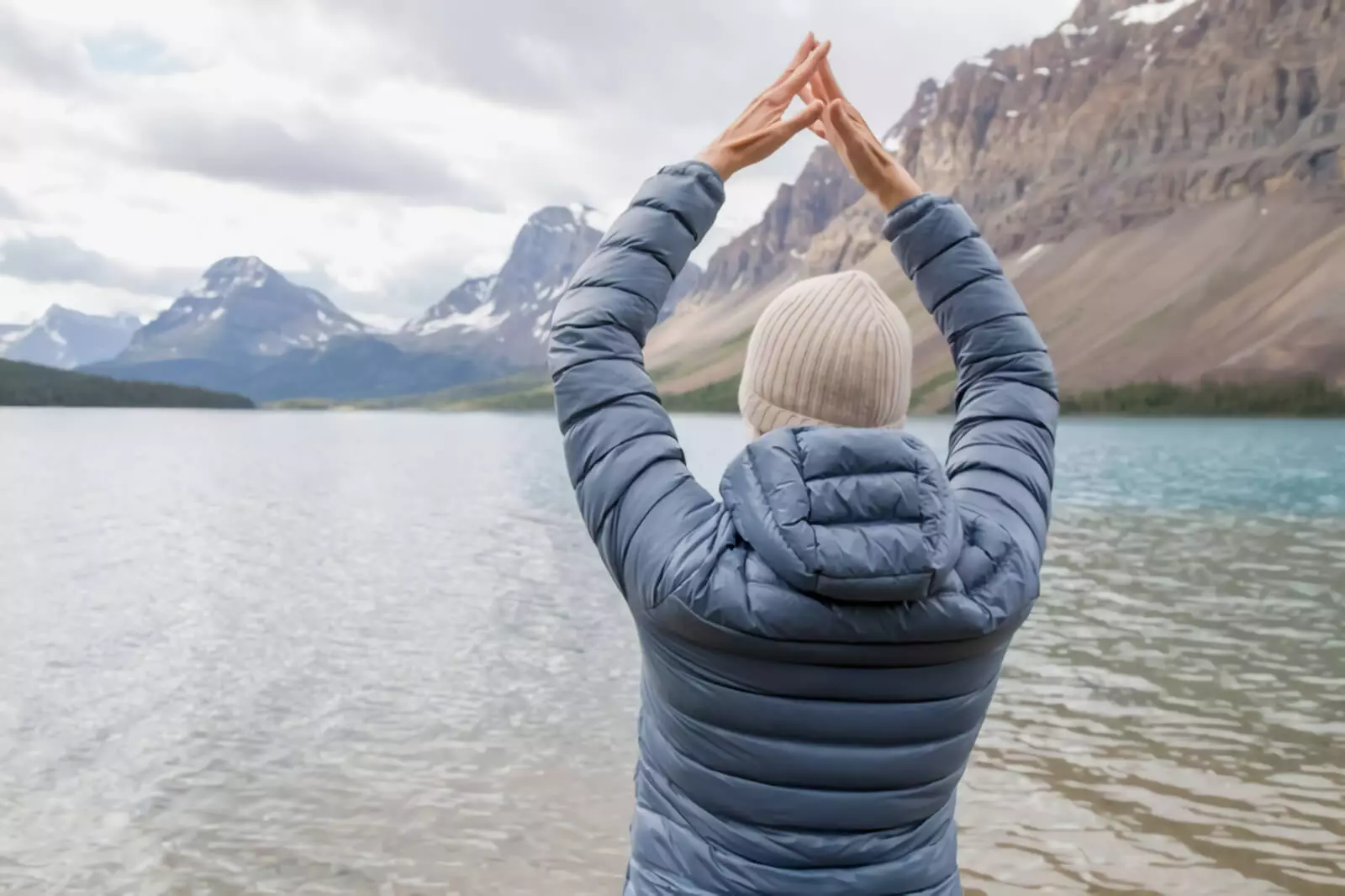
Up next is the middle layer, which is meant to insulate your body from the cold weather. To efficiently trap heat between the layers, the middle layer should be loosely fitted to leave more air pockets in between.
However, it should not be too loose as that would make moisture transfer from the inner layer slightly ineffective. The layer may also be breathable and moisture-wicking to expel any moisture from the body/inner layer to be evaporated away.
Here, you may opt for materials such as wool, PETE fleece, down, cotton, and synthetic fiberfill like Polarguard, Primaloft, Thermolite, and Thinsulate. Sweaters, jackets, vests, coats, and so on, made of either of the materials will make do for a good middle layer.
Wool is especially a good choice for this layer as it offers good insulation and absorbs and wicks away moisture without feeling wet. However, wool does take some time to dry, unlike other materials.
While you may have a hard time finding them, PETE fleece and natural sheepskin fleece are the next best materials after wool. They dry quickly, offer insulation even when wet, and absorb some moisture almost as much as wool.
Cotton is still a no-no here and you may want to avoid it entirely for outdoor activities.
Down gets a bad rap for being expensive, thicker, slow drying, less durable, and less insulative when wet or compressed, as compared to most materials. However, it has by far the best warmth to weight ratio, plus it can be packed away (compressed) without taking too much space.
Synthetic options also offer relatively good warmth-to-weight ratios without being too pricey. The materials dry quickly, provide ample insulation even when wet, and absorb some moisture. Proprietary fibers go a step further by providing more warmth for various thicknesses.
Additionally, a full- or half-zippered middle layer will make it easy to control the heat.
A wind shirt or a wind layer may be added as part of the middle layer for extra protection and insulation. A hoodie is also a good choice for this layer as you get to protect your neck and head without any added weight or bulkiness.
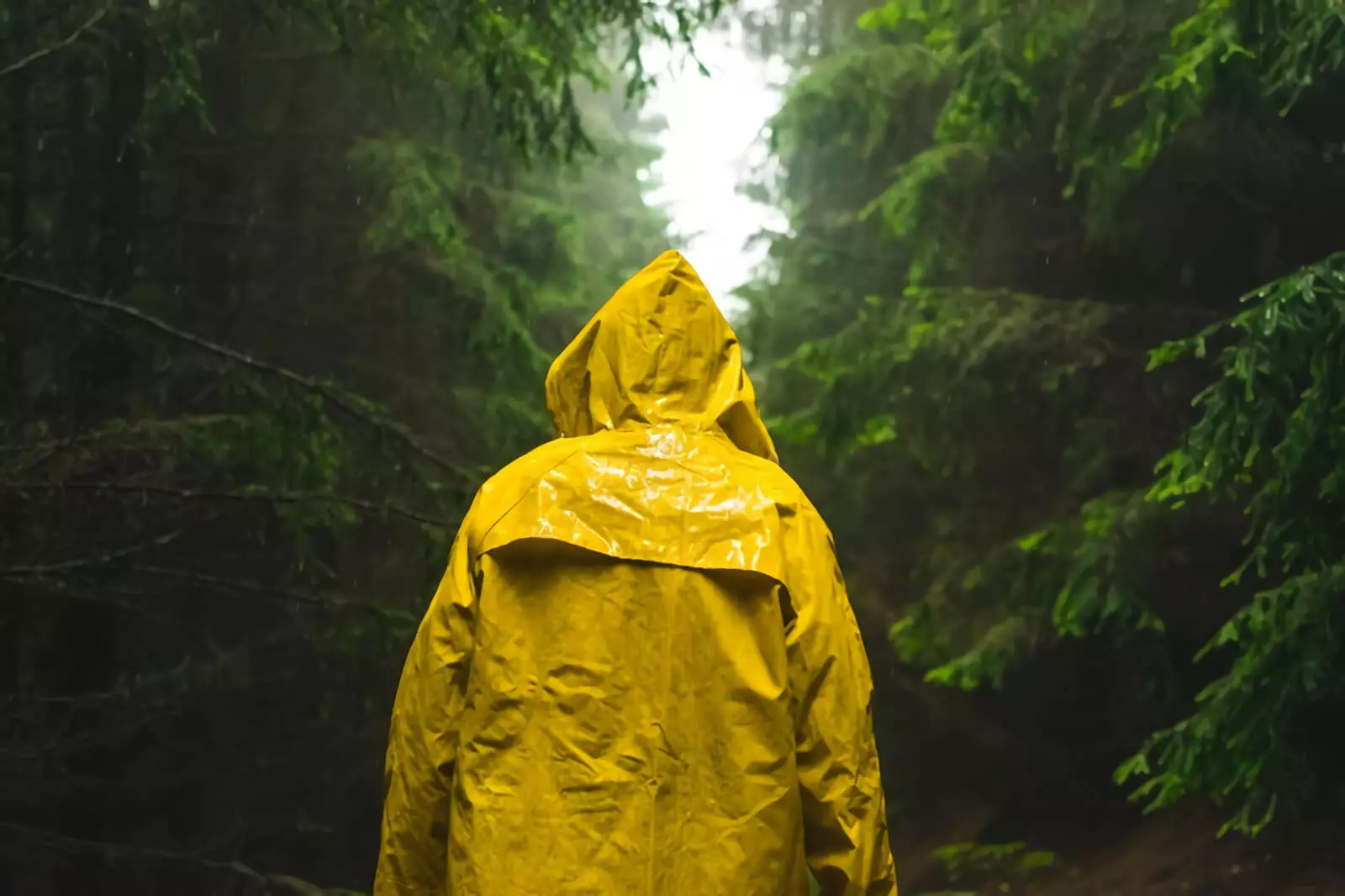
The outermost layer may be made of a hard shell, a softshell, or both depending on the expected weather conditions. This layer needs the structural integrity to protect you from blizzards, winds, rain, snow, and whatever else Nature has in store for you.
To that end, the biggest compromise you’ll find here will be between wind/rain/water -resistance and breathability.
A softshell is more breathable, flexible, comfortable, affordable, slightly water-resistant but mostly not waterproof. If you’re lucky, you may also find these shells having laminated windproof membranes. On the other hand, a technical hard outer shell will be both windproof and waterproof but rarely breathable.
Taped seams, multi-layered, waterproof zipper systems, and high-quality ripstop materials are just some of the properties you can expect in a top-of-the-line hard shell. Most hard-shell brands like eVent, Paramo, and Gore-Tex are slightly breathable as they allow water vapor to pass through but not liquid water.
Waterproof raincoats, ponchos, and jackets will effectively protect you from wind and water but will not be breathable.
To counter this, they are usually loose-fitting and have flap-covered openings to allow for maximum airflow. Zippered underarm vents will also help increase air circulation and ankle zippers on your outer layer will help you take off and put on your pants with ease.
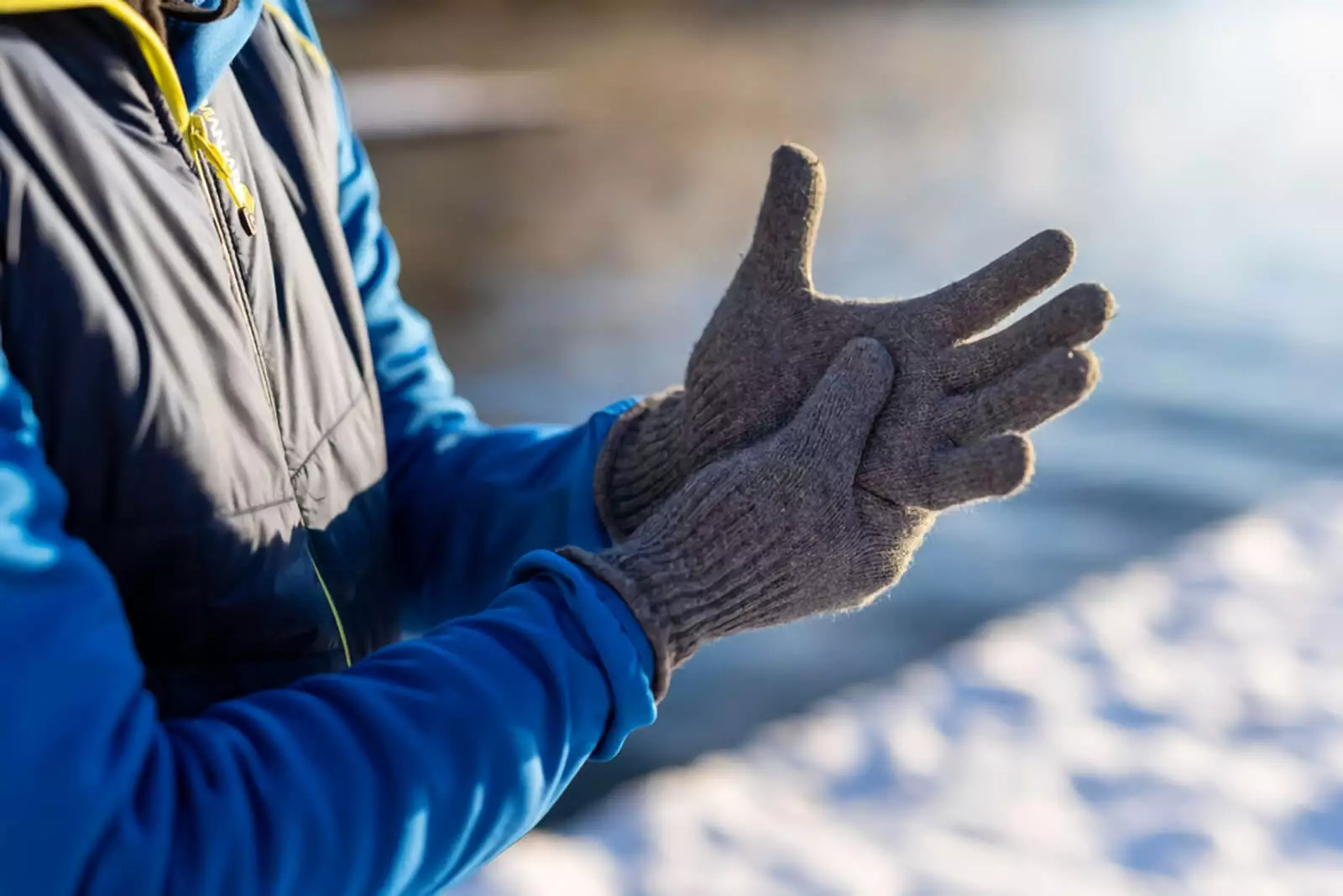
While most of your body will be well protected from the elements, your face, hands, head, and feet will need equal if not more protection.
A thick woolen beanie hat will suffice in insulating your head and ears in moderate temperatures. However, a thick balaclava/ski mask paired with goggles would make more sense in extreme weather. Anti-fog wipes should also be handy to wipe your goggles and reduce the risks of frostbite on your nose.
As for your hands, thick good-fitting gloves with a thin lining would be perfect to combat the cold. Ones with detachable liners would be a godsend as the liners can be used separately when it gets warmer.
Gloves that cover the wrists will also ensure no warmth is lost from your layers.
Down to the feet, thin merino wool socks form a good base layer and can be coupled with wool-blend socks. The footwear should be breathable, waterproof, and suitable for the outdoor activities you seek to take on.
If you’re expecting wet, cold, or snowy conditions, waterproof and breathable gaiters should be part of the layering system. In warmer conditions, consider going for lightweight, quick-dry gaiters, low-cut trail runners or hiking shoes, and thin liner socks made of wool-blend or synthetic materials.
Worth noting is that zippered layers can quickly become a nuisance once they’re all stacked around the neck and chin. So, be sure to stagger the zippers, use crewneck mid-layers, and if possible, consider using a neck gaiter as part of your outer shell layer.
If you have the storage space for it, it’s always advisable to have all your layers handy in case of any changes in the weather. Prepared and flexible always beats underdressed.
Adjusting to different weather conditions is as simple as removing or adding some layers. That said, storage space has always been the bane of most camping experiences. Then there’s the fact that weather conditions in most seasons are usually unpredictable.
Knowing which layers to pack will greatly enhance your time outdoors and further cut down on the weight and bulkiness of your load.
In case of that short errands trip or low-effort rock climb in the summer, you may get away with only wearing a two-layer system. The insulative layer may not be necessary here but you still must keep in mind possible winds or storms.
So, your base layer may comprise of long underwear and a long-sleeved or short-sleeved shirt, preferably made of wool or synthetic materials. The outer layer should be a lightweight, windproof, and compressible jacket with a hoodie.
If going for longer, strenuous summer activities, you may want to consider going back to the classic three-layer system. The base should feature a moisture-wicking long-sleeve shirt and shorts while the middle layer may contain a medium-weight fleece jacket with a hoodie.
Lastly, you need to anticipate probable afternoon thunderstorms and strong winds thus your outer shell should be well-suited for such. A water-resistant softshell paired with a featherweight rain jacket will be more than enough for the outer layer.
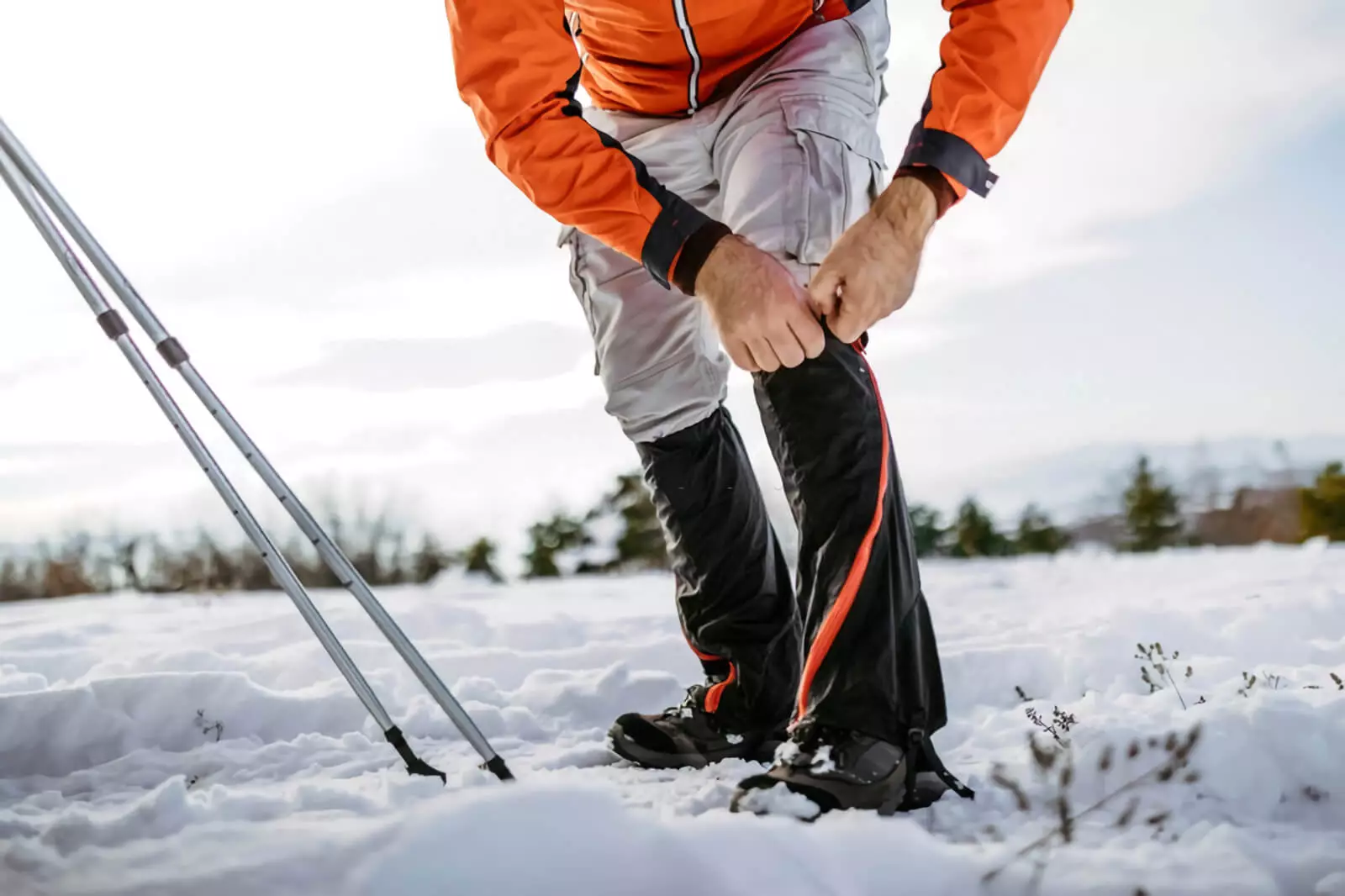
Kicking things up a notch, multi-day hikes, and trekking adventures will require a more rugged layering system to face the elements head-on. Merino wool long-sleeved shirts with zip necks and long underpants will be perfect for the innermost layer.
The middle layer may benefit from a hooded lightweight fleece jacket while the outer layer should comprise a good-quality rain jacket as well as a hard shell.
Finally, if you want to survive the extreme cold while you partake in your winter activities – ice climbing, snowboarding, mountaineering, and skiing – you might want to consider adopting a more robust four-layer system.
The layering should be made of a base layer, a middle layer, an extra insulation layer, and a hard-shell layer.
Good options for your innermost layer should include comfy bottoms, a high-performance shirt, and long underwear. The middle layer should have a mid-weight fleece jacket while the additional insulating layer must have lightweight, insulated down, or synthetic clothing.
Don’t be afraid to splurge on premium hard-shell brands such as eVent or Gore-Tex jackets when it comes to the outer layer. Additionally, ensure you have the right headgear, gloves, emergency tools, and essential camping gear before heading for the high-altitudes and cold regions.
Layering your clothes and doing it the right way is the most ideal way of ensuring that you don’t get too cold or too hot when taking on your teahouse treks or other outdoor activities.
Having donned the right moisture management base layer, insulative middle layer, and protective outer shell, you’ll be ready to take on the great outdoors irrespective of the weather conditions. No more excuses; it’s now up to you to conquer the Appalachian Trail and so much more!
Charlie Leone
Website Owner/Editor
Welcome to CampingManiacs